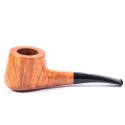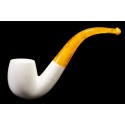What wood is used for Tobacco pipes?
Tobacco Pipes are our great passion, and like any reputable passion, we are very attentive to the different characteristics that distinguish them, because we love to have new experiences all the time, which are the essence of the amazing world of slow smoking.
The wood of the tobacco pipes is undoubtedly decisive for the quality of the smoke, as well as the shape and the brand.
Let's take a look together at the various types of wood used to create tobacco pipes and what are the differences between one and the other.
What materials are used to make pipes?
Briar tobacco pipes
Briar is the wood mainly used for tobacco pipe making, which is obtained from a root of the Erica Arborea, a shrub typical of the Maquis shrubland.
The skilled hands of woodcutter, sawyers, and craftsman forge the briar logs, from which are born pipes ready to make your palate fall in love.
But why is briar the most widely used wood for tobacco pipe making?
Essentially, there is one element that makes this valuable wood perfect for this purpose: resistance to heat, but the different terroir and good seasoning should also not be underestimated, two factors that are absolutely crucial for the quality of the smoke.
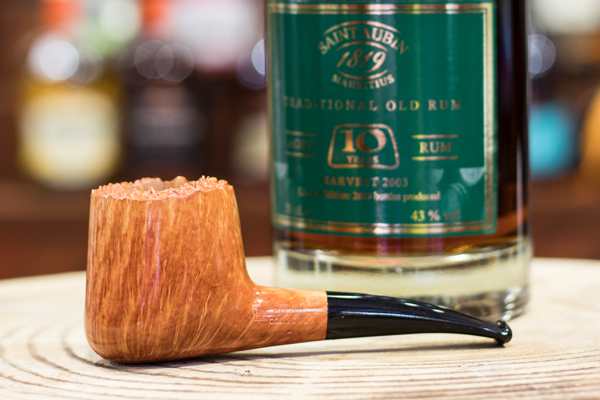
Bog-oak tobacco pipes
Let us now turn to Bog-oak or “Morta”, a semi-fossil oak wood that has been experiencing increasing popularity among craftsman and smokers in recent years.
Bog-oak tobacco pipes are said to be “memory-less”: they neither add to nor take away from the tobacco being smoked, so we might call them almost "aseptic."
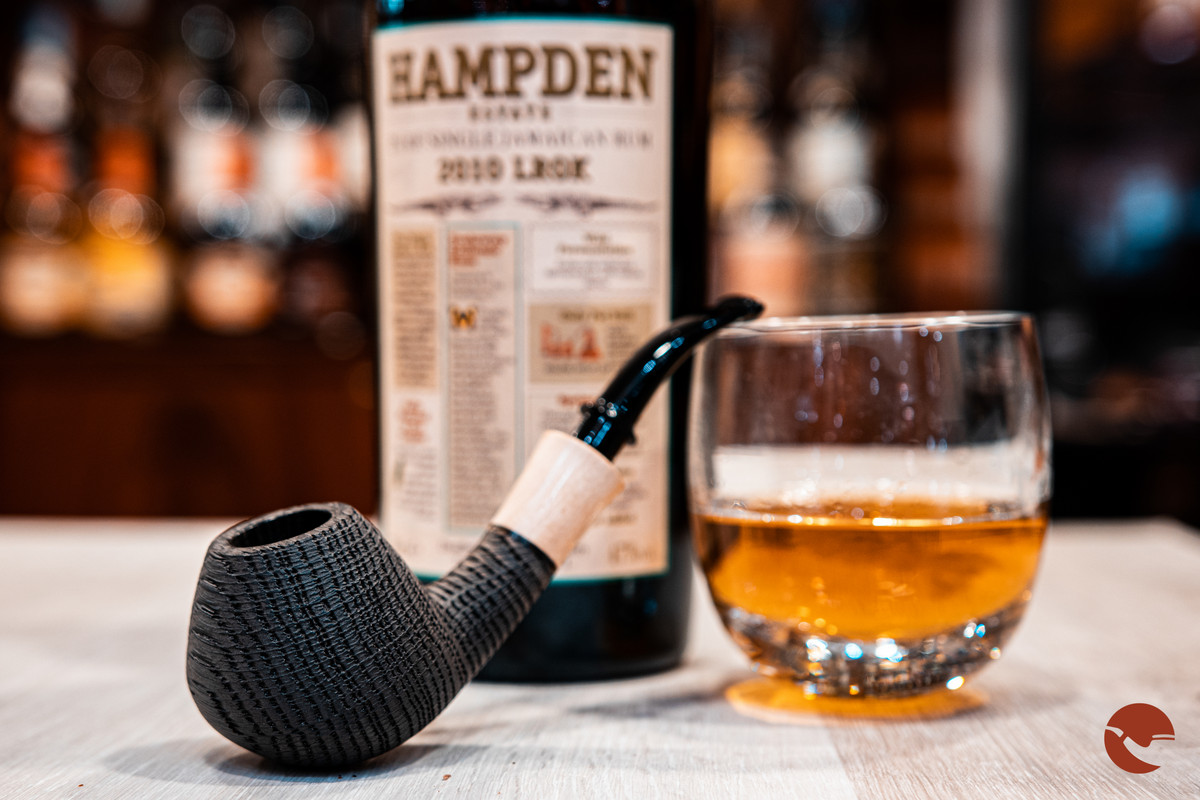
Meershaum tobacco pipes
Meershaums tobacco pipes are another type, prominent in the Belle Epoqué period.
They are forged from sepiolite, a light white mineral that does not affect the taste of tobacco because of its great porosity.
This exotic name derives from the place of sourcing, which once took place in the Black Sea.
They certainly represent the most aesthetically appealing type, thanks to the incredible simplicity with which they are worked, which allows master craftsmen to create pieces of rare beauty.
Another really interesting peculiarity is the fact that the characteristic white color fades after several smokes, for the so-called "culottage," which makes the smoker the protagonist of a fascinating color evolution.
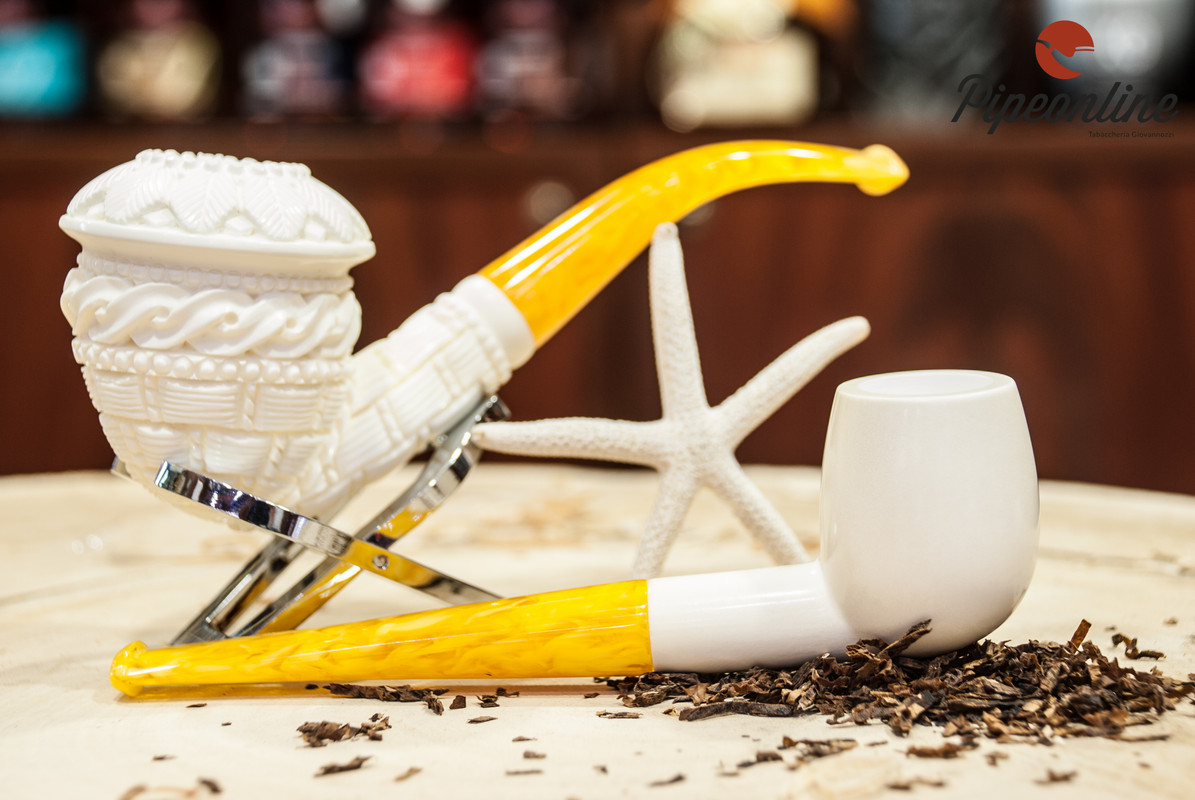
Calabash tobacco pipes
Calabash tobacco pipes are considered mixed tobacco pipes because they are made from different materials.
Here, the body of the tobacco pipe is made from cavarezza, a special yellow African gourd.
The special feature of Calabash pipes is the considerable width inside them, which creates a condensation chamber.
In this way, the smoke tends to expand and cool, becoming less edgy. The result is a fresher and more pleasant tobacco fragrance.
Finally, the cup is almost always made of Meershaums.
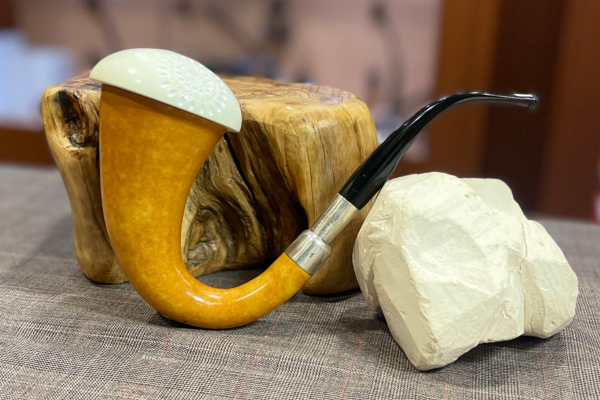
Corn Cob tobacco pipe
You might not imagine it, but corn is also a tobacco pipe material, giving rise to the Corn Cob tobacco pipes.
Despite the brittleness of the material, if smoked with the right breaks, even Corn Cob tobacco pipes can have remarkable longevity.
The classic sweetish flavor of corn is perfect for pairing with pure Virginia, but also with English Mixtures, as it gives them pleasant notes that go well with their intense flavor.
Arbutus pipes and Olive Wood pipes
Tobacco pipe materials do not end there; in fact, arbutus and olive wood are missing from the list.
These are two types of wood that are uncommon in tobacco pipe making because of their special characteristics, which, often times, make briar preferable.
They are both two materials that tend to heat up faster than briar, but they are, at the same time, quite different from each other.
In fact, arbutus offers a sweeter, more delicate smoke, while olive is characterized by a decidedly stronger flavor, even compared to briar.
What Material is used for tobacco pipes: Insight






